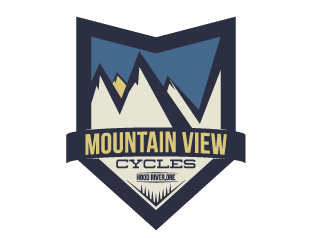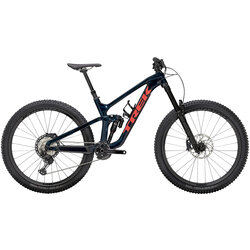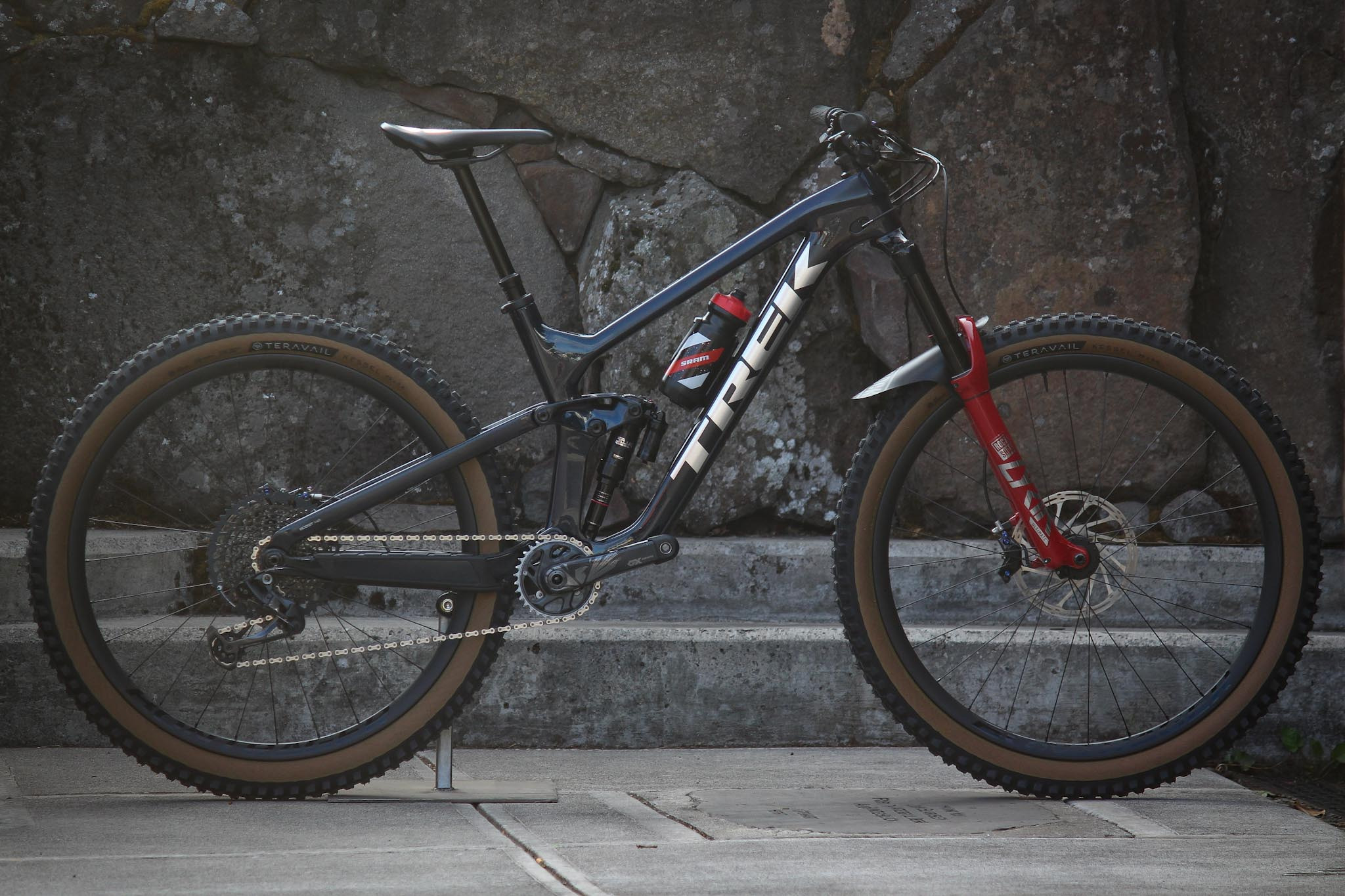
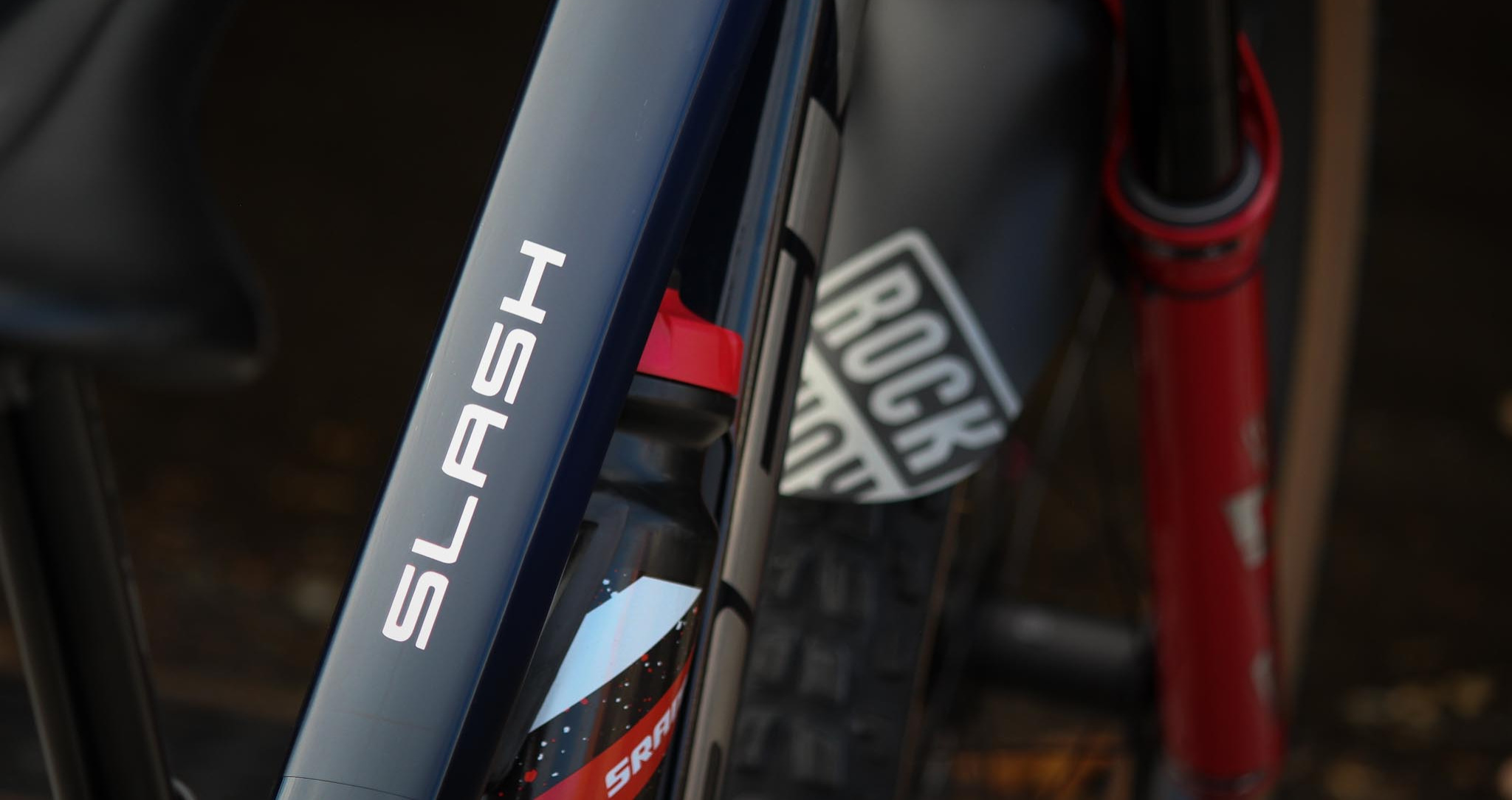
I built my Slash specifically with the intention of it being the only bike in my quiver for a while. With bike availability during the pandemic, and a baby on the way, I was happy to be getting a bike at all. I didn't want to have to think about trying to order multiple bikes and find parts for all of them. It's enough of a headache to build one bike the way you want it, and a part time job just to keep it properly maintained (or full time depending on what parts you run). That said, the stock Slash was going to be a bit too one dimensional for the needs of this father-to-be. I appreciate the Endur-bro-ness of it, but the reality is most of my riding is short hot laps before and after work, and the full capability of the Slash was going to be more than I needed most of the time. Don't get me wrong, I enjoy having all that capability on some rides, but I didn't want it to be my daily driver.
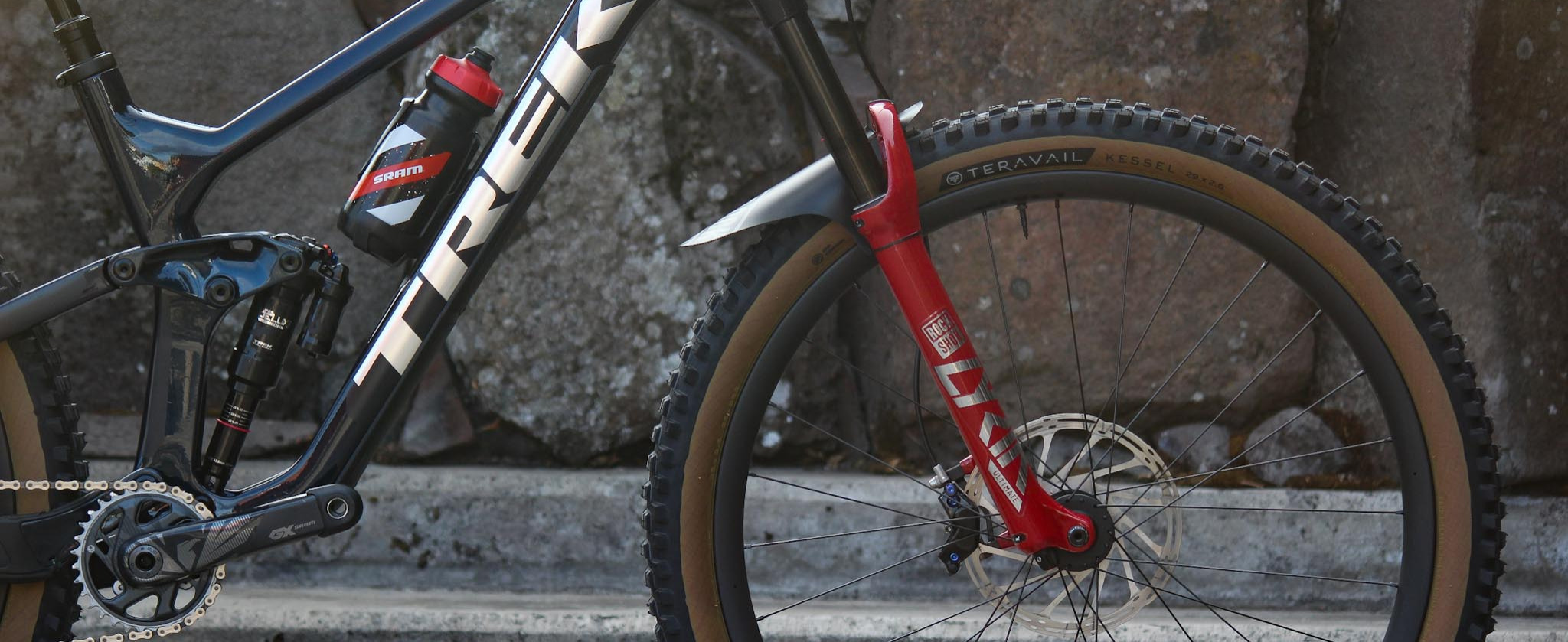
That mentality led me to make a few key swaps and modifications. Firstly, swapping a Lyrik out for a Zeb shaves a little over half a pound off the bike, and for my pre-dad-bod rider weight of 170 lbs, I don't know that I really need the extra stiffness of the Zeb. I run three tokens and 70 PSI. The Debonair spring gives me the higher ride height that I like while still being super supple in the beginning stroke. Again, I could see the Zeb having an advantage in certain situations, but those situations are not what I was optimizing for with this build.
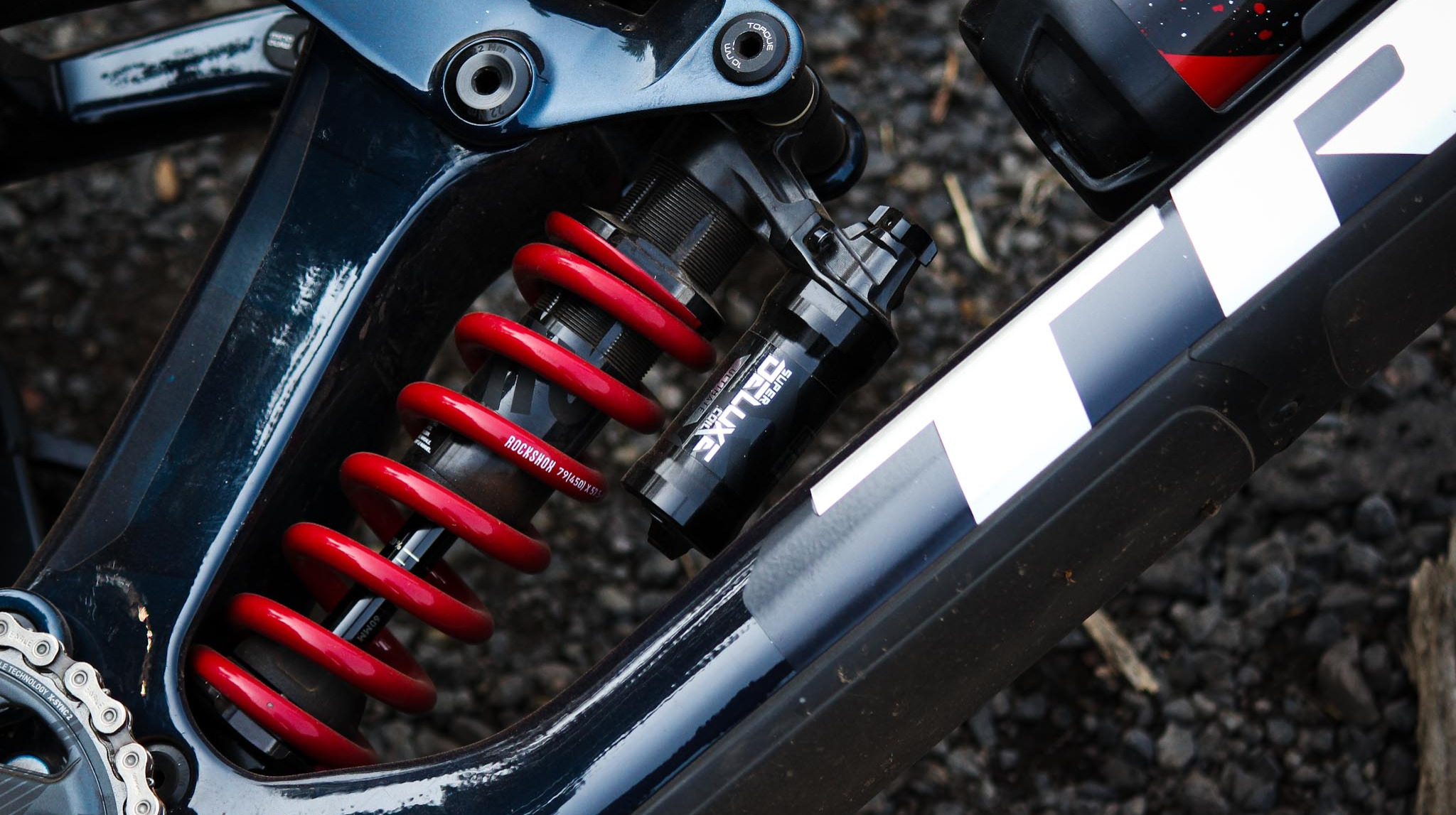
Now I'll be honest here, I was expecting Trek's Thru-Shaft shock to suck. In general, I'm not a fan of the way the big bike companies create proprietary suspension components. In my experience, they end up conflicting with your tuning options if the stock shock doesn't work for you. On my 2020 Slash, I was frustrated that I couldn't add air volume reducers to it because Trek's proprietary-ness got in the way. I always found that bike to be too linear deep in its travel. I felt similarly frustrated that I couldn't add a Meg-Neg air can on my new Slash because of the Thru-Shaft design. Thus, before I had even ridden the bike, I proactively ordered a coil shock for it. When the bike arrived, my coil shock's hardware was still floating on a cargo ship in the Pacific Ocean somewhere, so I put the bike together and rode it with the stock shock.
I loved it.
The frame is noticeably more progressive than the previous design, so you don't actually need a super progressive shock. Plus, with 29" wheels and 160mm of rear wheel travel, you will be hard-pressed to even find terrain worthy of all that travel. But the thing I loved most about the shock was the + and - compression settings. The plus setting firms the shock up significantly, making it much more responsive to pumping and jumping. This is a perfect setting for the flow trails around Hood River. The minus setting softens the initial stroke, effectively gluing the bike to the ground. The difference is profound, and I love having that adjustability at my finger tips. I can run it stiff down lower 'Dirt Surfer', and then flip a switch and run it plush down 'Hidden'. The lock-out is equally profound, making for a super efficient pedaling bike up gravel roads. I don't like to climb in open mode because I need all the help I can get, and the feeling of being sabotaged by a squishy rear shock really sucks my soul out through my pedals.When I finally got my coil shock, I put it on with a 450lb spring, which feels soft and plush. I could see myself running a 500lb spring if I really wanted to get after it, but the reality is I don't see myself swapping springs often enough for it to be worth it. If I were planning a Whistler trip, I'd probably swap it out beforehand. Honestly, the coil shock works as well as the air shock does in the minus setting. Not better, not worse. To me, that's a massive compliment to Trek's Thru-Shaft design. The ultimate benefit of the coil shock is on gnarly, extended downhills, the coil shock won't overheat and stiffen up. Other than that, they both work great. Of course I had planned to sell the stock shock after getting my coil, but I love it too much to let go of it. Also, a pro tip: you have to grind your lock out lever down a little bit on the Super Deluxe Ultimate Coil to make sure it doesn't contact the frame during compression, at least on the size Medium Large that I have.
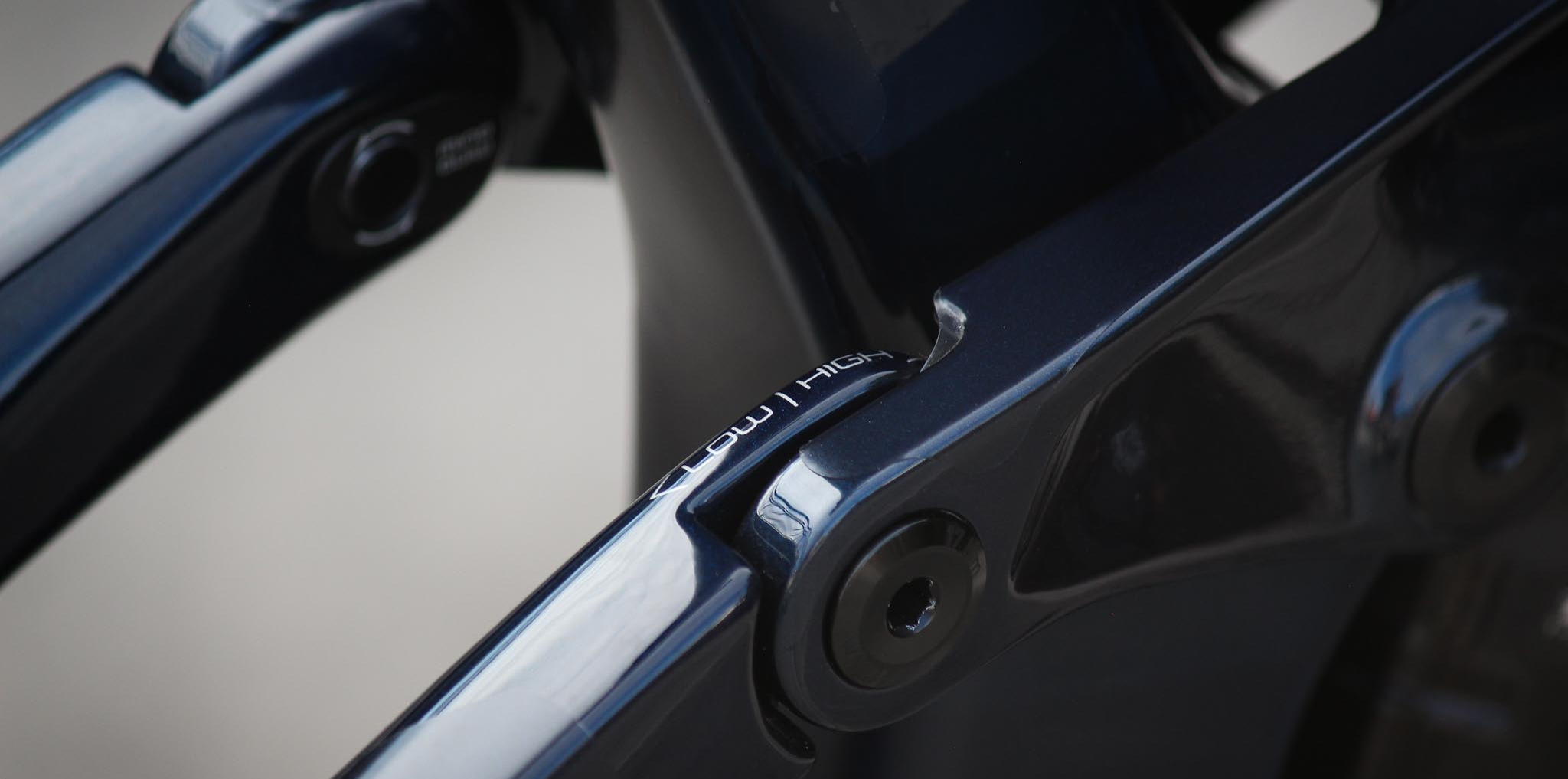
I also make liberal use of both the high and low Mino Link positions depending on where I'm riding. In Post Canyon, the Slash in the high position is a super fun bike. It feels a bit more playful and lively, it pumps more actively down flow trails and I don't have to shift my weight forward as much to keep the front wheel weighted. The low setting I reserve for special occasions. Riding the bike down Middle School or GP in the low setting feels tedious. Blade Runner or Hidden are better trails for that setting due to their steepness. But the high setting (64.6 degree head tube angle) makes the Slash a wonderful all-rounder longer travel bike. I know that sounds like blasphemy as most of us have been force fed this narrative that longer, lower, bikes are always better, but I think having an open mind is a better approach to life and mountain biking.
One trend I've personally never appreciated in the bike industry is the tendency for bike companies to spec bikes with high-end derailleurs but comparably crappy brakes. To me, that's a gross misallocation of my limited financial resources. Brakes are the one component of my bike that I'm most picky about. I want a specific amount of dead-band in the lever, and a definite bite point where the pads contact the rotor. Modulation and power are a must, but every brake company out there seems to have that figured out at this point. My choices came down to the TRP DH-R Evo's and SRAM's Code RSC's. I ultimately went with the Codes because I like DOT fluid better than Mineral Oil. We use a maxima DOT 4 racing fluid here at the shop, which features a boiling point over 600 degrees Fahrenheit. That kind of heat tolerance is unattainable with any mineral oil system I'm aware of. We also have a process we go through here with SRAM brake systems to make sure all pistons move evenly and symmetrically, which cures that infamous lazy brake lever feeling that for a long time was synonymous with SRAM brakes. I also run MTX Gold Ceramic brake pads, which are by far my favorite brake pads of all time. When my current Centerline rotors wear out, I plan to upgrade to the new HS2 rotors, which are a bit thicker than the standard rotors and offer further heat tolerance.
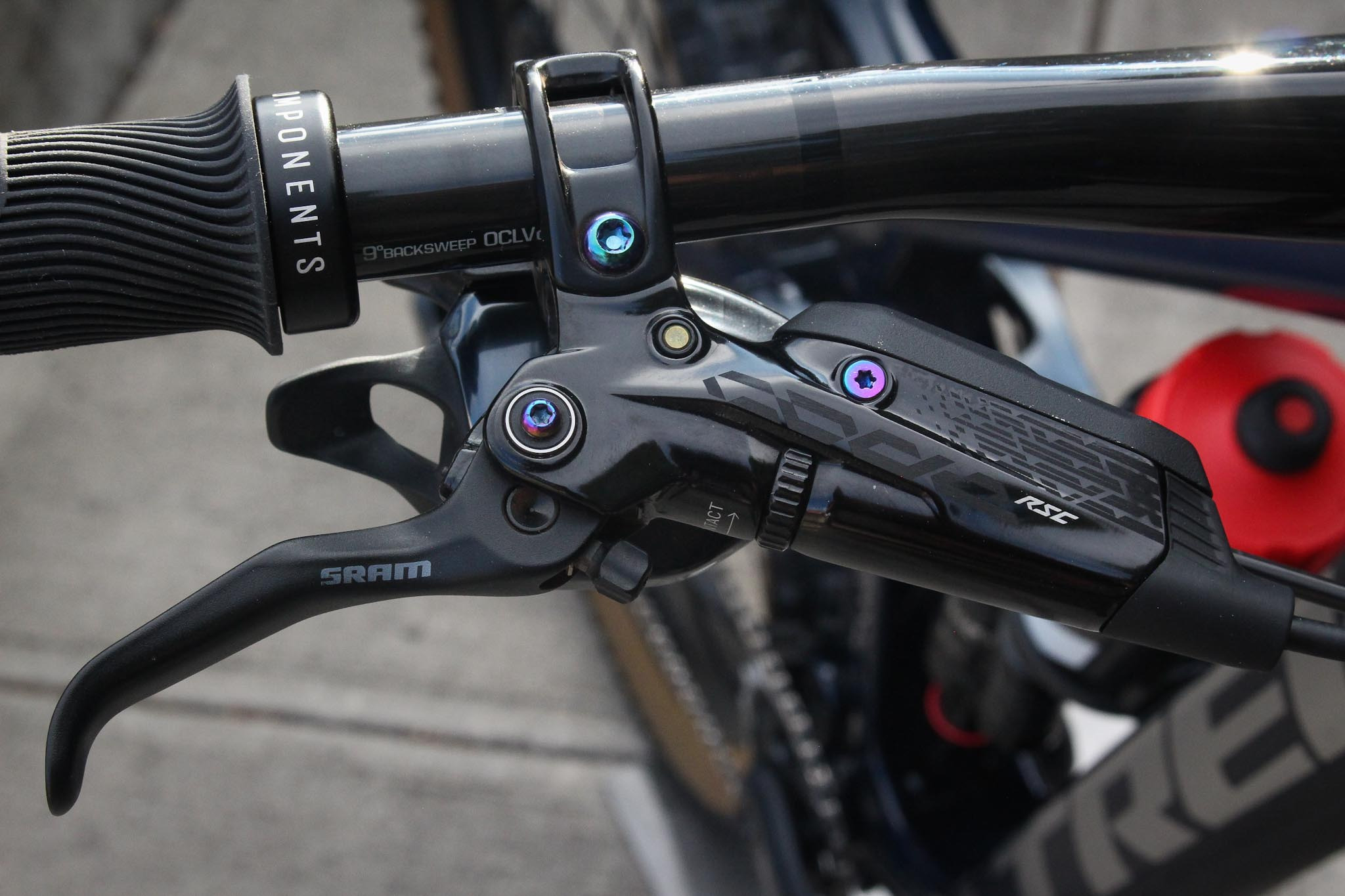
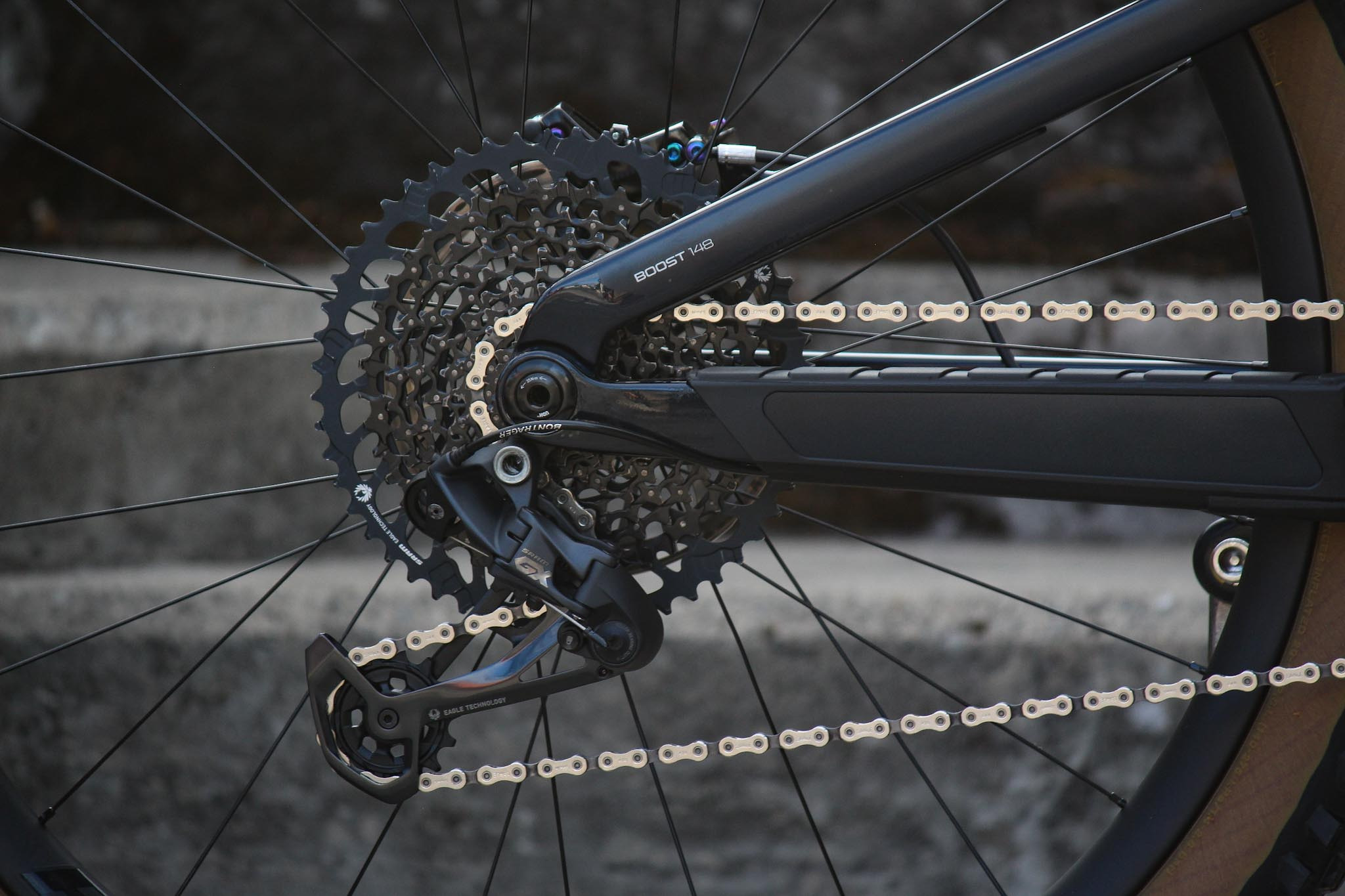
Going back to drivetrains, I love SRAM's GX Eagle system. It just works. It's not fancy. It's not as expensive as X01. Sure, there are some downgrades, but as long as it's properly tuned and clean, it will work marvelously. And the way I ride, the drivetrain just has to get me up the hill. I don't really care how fast I get there. I did bend my derailleur at one point, which might not have happened with the X01 derailleur, but that's impossible to know or test. At the end of the day, I didn't mind spending the money to replace the GX derailleur. The X01 system wins out in the long haul with durability, but I'll honestly probably sell the bike before I wear out the drivetrain. I did, however, splurge for the GX carbon crank.
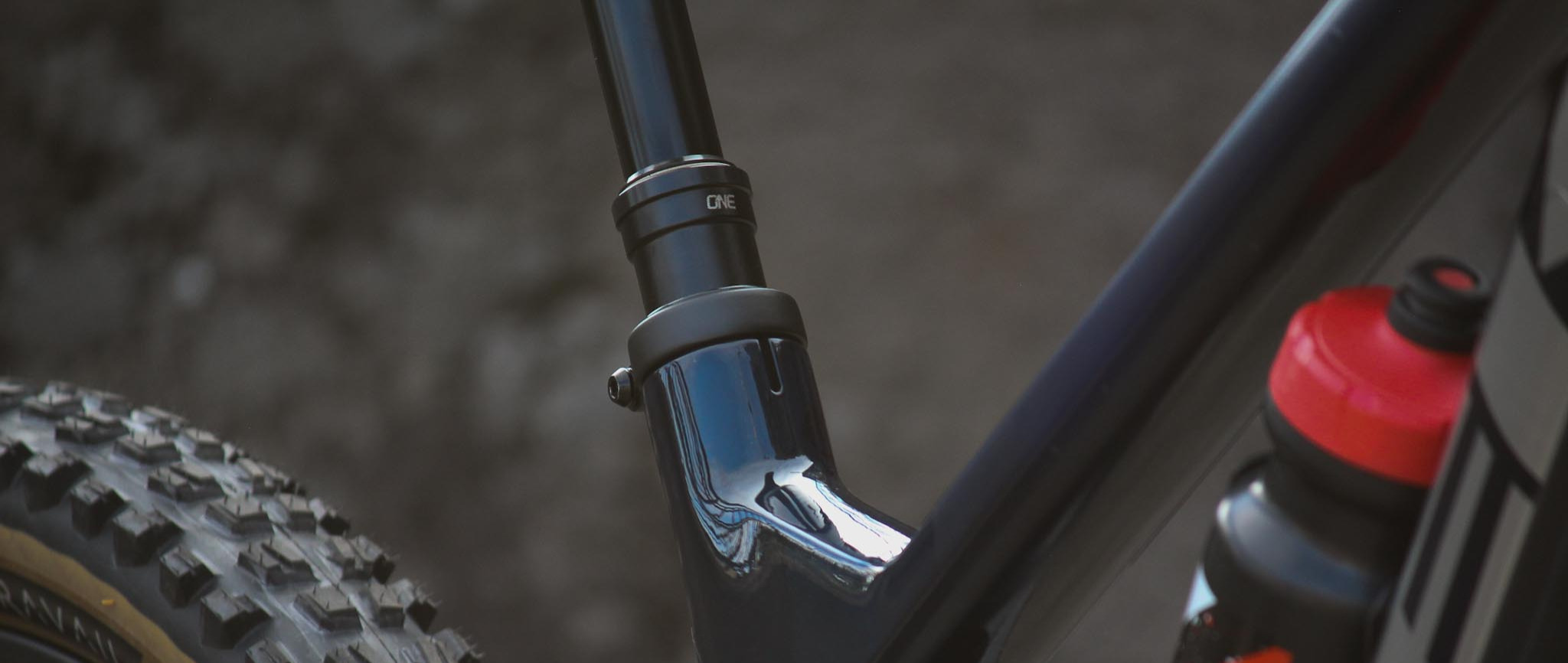
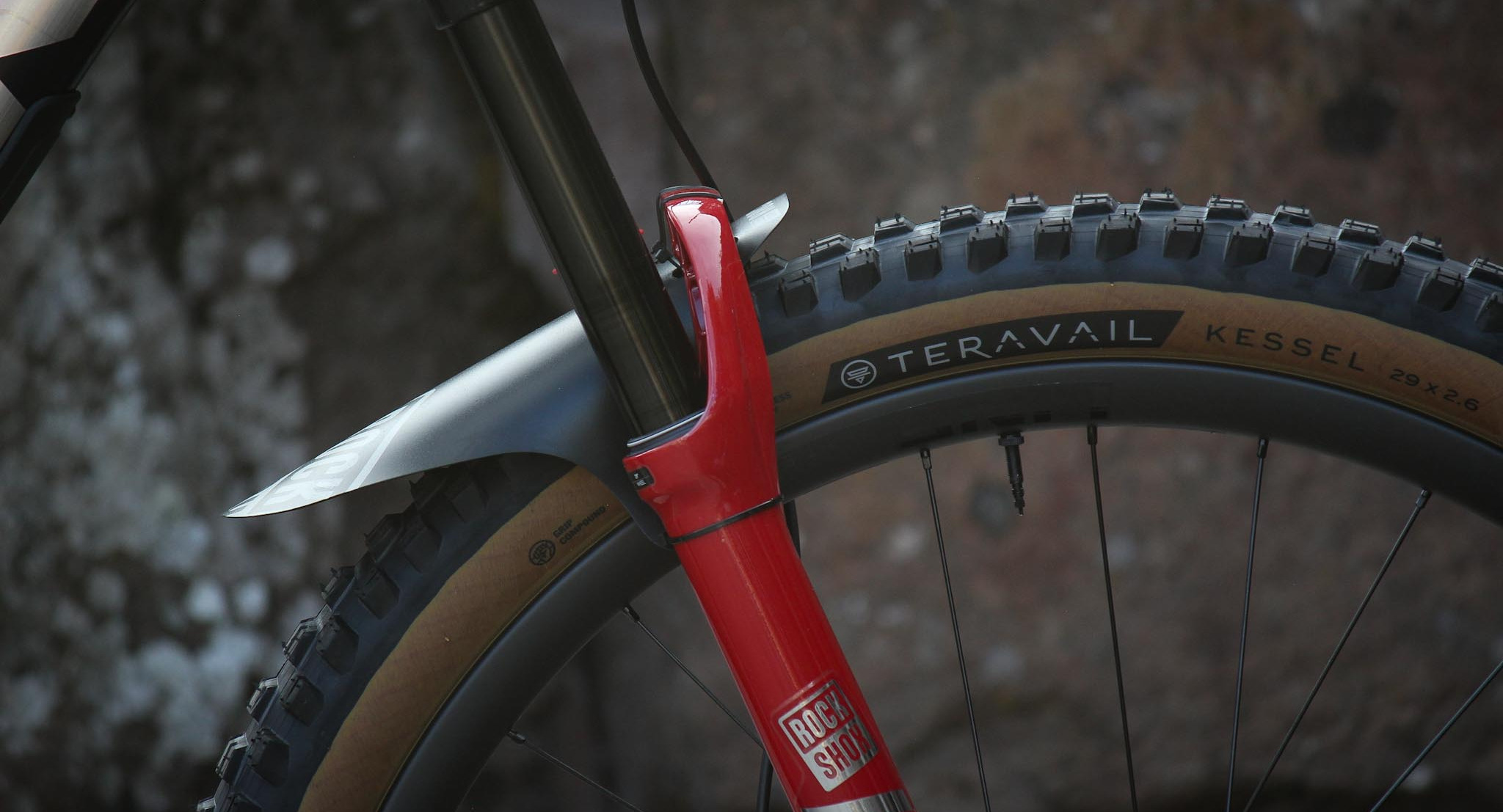
Lastly, I've been running the Teravail Kessel tires, in 2.6" front and rear, and have nothing but good things to say about them. If you are used to running Maxxis Minions, you'll love the Kessels. If nothing else, they are absolutely worth trying for a season. I've also never ridden anything bigger than a 2.4 in the rear, and I was afraid the 2.6 would feel vague, but I actually like having the same tires on both wheels. It makes the bike handle more predictably, at least that's what I tell myself. I run the rear at 28 PSI most of the time, and the front at 22.
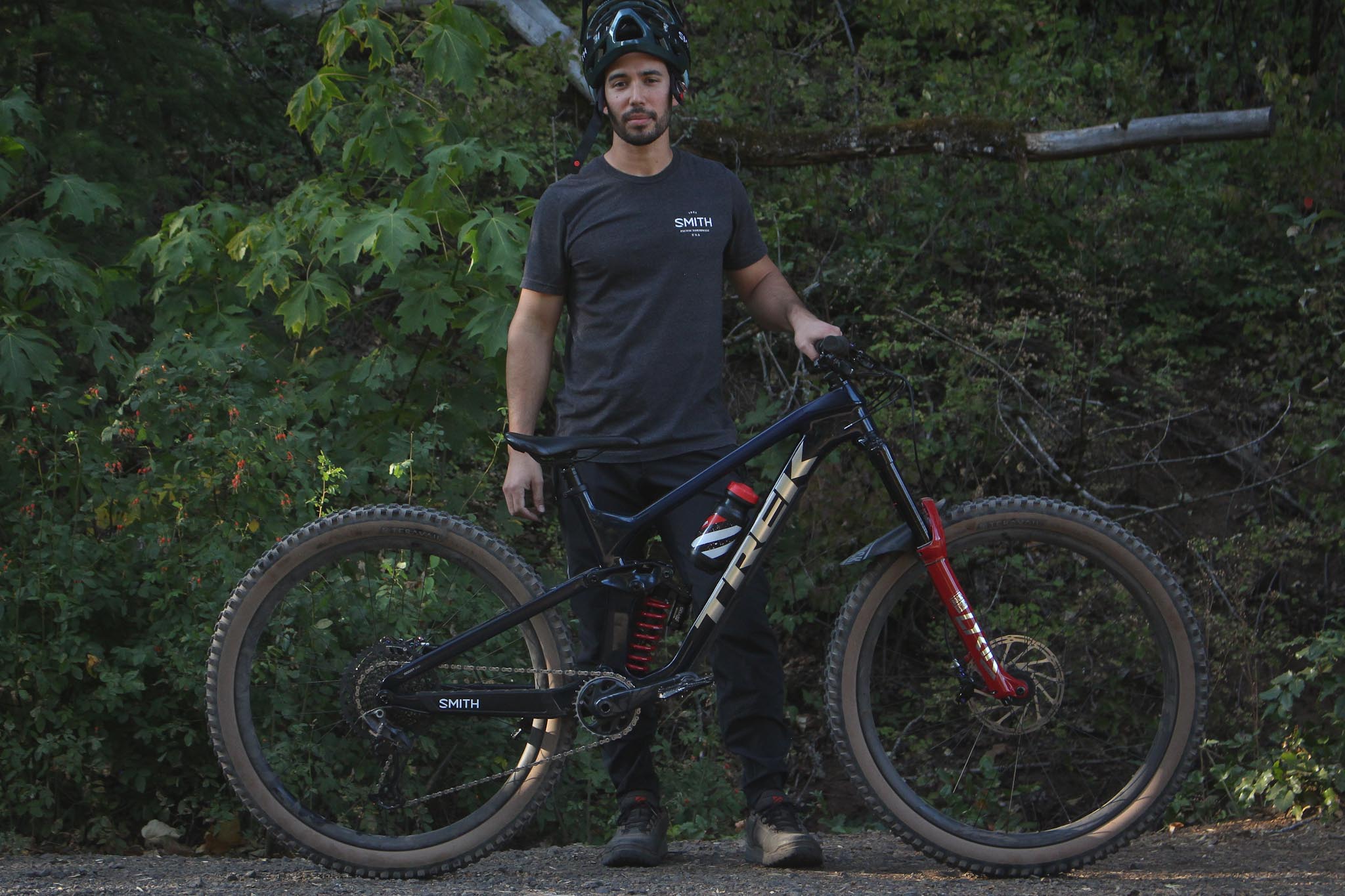
I built this Slash to be my only bike through the pandemic. I RideWrap'd it too just to give me some peace of mind longer term, since I'll probably have it for longer than usual. I also do a fair amount of shuttling, and shuttle rigs sometimes wreak havoc on bikes. I'll be riding this bike on a wide variety of trails, so versatility was a paramount consideration during the build process. After half a season on it, I can say without reservation it's the best bike I've ever owned, and every part on it has served my riding style perfectly.
